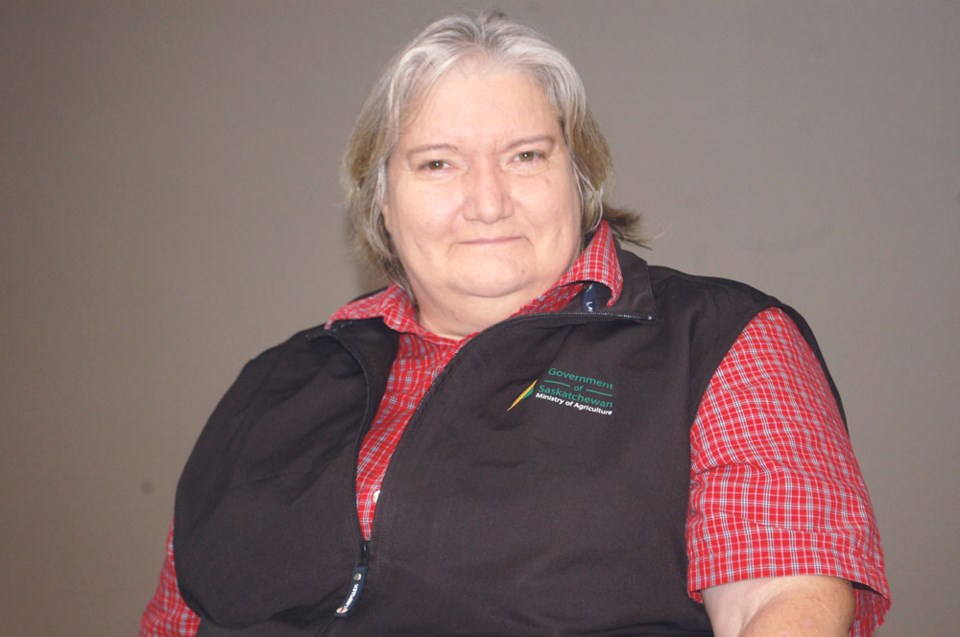They’re out there already!
Some southeast Saskatchewan producers have been out seeding some acreages for about a week now, defying the traditional wisdom of making sure frost conditions are minimized before heading out into the fields.
“Most of those who are out there this early are usually seeding peas, because pea crops can handle evening frosts seven or eight times before they are negatively impacted. They are a good early crop to get in he ground,” said Sherri Roberts, crop specialist with Saskatchewan Agriculture.
Most of the seeding she has spotted has been around Ceylon and south.
“The moisture levels are good. The frost has gone for the most part. There was still a little bit of snow around the Redvers area and a lot of districts have some soil saturation levels. We didn’t get a lot of fall rain, that was good in some respects and most of the farmers around here got their crop off and now we’re in an excellent position for moisture going into a new crop year,” Roberts said.
What will be put in the soil will depend a lot on current market conditions and prices, she suggested. If India continues to claim there are issues with Canadian lentils, the acreage put into that crop could be affected just as China might still have issues with blackleg on Canadian canola crops, although she believes that situation has ben resolved while the questions around lentils may continue.
“We are predicting that soybean acreages will be up to 500,000 to 700,000 acres. So it will be interesting to see how that works out and if we are correct,” she said with a laugh.
“Acres put into corn, corn for grain for sure, should also increase because we have found that prices have been pretty good there.
“I’m also predicting a good move upward in sunflowers. There is a new variety out there now, developed in the Indian Head Agriculture Canada research facility and farm, that looks very promising. It’s called Honeycomb and it has a good oil quality and faster maturity. It’s a hybrid seed developed by Bill May at that research station there,” Roberts said.
Wheat acreage could be down again this year thanks to the possibility of another fusarium outbreak. “We’ve been hit hard in the past, all around the province and the best advice I can give right now is for producers to watch their crop rotation plans to help out."
Flax and oats acreages could be up as well as canola since prices should be strong for those crops. “But again, watch your rotations because there is always the danger of blackleg and sclerotina.”
Speciality crops might get a good look this spring too, especially canary seed which is now approved for human consumption.
Crop diseases, such as those already mentioned, will bear close monitoring and Roberts expects a little less concern with pests and insects. Also, diamond backed moths could migrate into Canada from the United States, so there is never a breathe easy moment on that file either.
“There could be a few pockets of insect problems, but if the soil stays cool for a few more weeks, that will certainly reduce cutworm infestation potential.”
For the most part though, the specialists are warning about fusarium and root rot problems so seed treatments are recommended.
As the rest of producers make the last minute repairs to their equipment and get set to head out into the fields, it seems as if there will be questions and concerns, just like there has been every spring on the Prairies since the arrival of domestic farming operations. There are still no guarantees and lots of dice rolling ahead, and that’s what makes the profession so interesting.



